Maintenance Tips to Maximize the Lifespan of Your Commercial Water Purification Equipment
The Critical Role of Maintenance in Commercial Water Purification
Neglecting maintenance transforms water purification systems from assets into liabilities. Particulate accumulation in filters or biofilm colonization in membranes can spike energy consumption by 15-20%, while non-compliance with NSF/ANSI standards risks regulatory shutdowns. Proactive upkeep isn’t just cost containment—it’s a safeguard against operational paralysis.

How Neglect Impacts Operational Costs and Water Quality
Fouled reverse osmosis (RO) membranes force pumps to work harder, escalating energy bills. Microbial breaches in pharmaceutical-grade systems can trigger product recalls. A single unaddressed pressure drop might foreshadow a $10k membrane replacement, dwarfing routine maintenance expenses.
Linking Equipment Longevity to Regulatory Compliance
FDA 21 CFR Part 211 and ISO 13485 mandate documented maintenance protocols. Facilities skipping quarterly sanitization risk citations during audits. Compliance isn’t paperwork—it’s predictive replacement of UV lamps before intensity dips below 30 mJ/cm², ensuring continuous pathogen control.
Understanding Your Commercial Water Purification System
RO systems demand meticulous membrane care, while ultrafiltration (UF) units require backwashing precision. Cartridge filters in RO setups capture >98% of 5-micron particles but collapse under chlorine exposure. Knowing your system’s Achilles’ heel dictates maintenance priorities.
Reverse Osmosis vs. Ultrafiltration: Key Maintenance Differences
RO membranes need pH-adjusted clean-in-place (CIP) cycles to avoid hydrolysis damage. UF modules require weekly integrity tests—bubble point measurements below 15 psi signal fiber breaches. Each technology fails differently; each demands tailored care.
The Role of Filters and Membranes in System Longevity
Depth filters protect RO membranes from silt density index (SDI) spikes. A single torn 20-inch pleated filter can slash membrane lifespan by 60%. Membrane autopsy reports revealing iron oxide scaling trace back to failed pretreatment—a chain reaction of neglect.
Daily Maintenance Routines: Small Efforts, Big Payoffs
Operators should log inlet pressure differentials daily. A 2-psi increase in 24 hours flags imminent filter blockage. Visual checks for tubing cracks or resin bed channeling prevent catastrophic failures. These micro-efforts prevent macro-disasters.
Visual Inspection Protocols for Leaks and Pressure Fluctuations
Use thermal cameras to spot hidden pipe leaks during peak operation. Sudden TDS spikes in product water? Check O-rings on membrane housings—a $2 seal failure can compromise 10,000 gallons of USP Purified Water.
Monitoring Feed Water Quality to Prevent Contaminant Buildup
Install real-time chlorine analyzers pre-RO. Levels >0.1 ppm oxidize thin-film composite membranes. For well water sources, daily turbidity readings predict filter loading rates. Data-driven monitoring beats calendar-based guesses.
Weekly and Monthly Preventive Maintenance Strategies
Replace 5-micron sediment filters every 250 operating hours—or when ΔP hits 15 psi. Monthly CIP cycles with 0.1% citric acid dissolve calcium sulfate scale. Sticking to these intervals keeps systems humming.
Cartridge Filter Replacement Schedules Based on Usage Patterns
Beverage plants with high organic loads may swap carbon filters monthly. Semiconductor facilities with ultra-pure needs replace them weekly. Track gallons processed, not time elapsed, for precision.
Sanitization Cycles: Timing and Techniques for Microbial Control
Hot water sanitization at 80°C for 4 hours weekly nukes biofilms. For chlorine-sensitive systems, peracetic acid blends (50-100 ppm) achieve 3-log pathogen reduction. Rotate biocides quarterly to prevent resistance.
Quarterly Deep Cleaning Procedures for Optimal Performance
Descale RO membranes with pH 2-3 hydrochloric acid solutions—but only after checking manufacturer tolerances. Mechanical cleaning via air scouring dislodges stubborn silica deposits. Post-cleaning, verify normalized permeate flow recovers to >95% baseline.
Descaling Techniques for Mineral Deposit Removal
Citric acid tackles calcium carbonate; sulfamic acid dissolves calcium sulfate. For iron fouling, EDTA chelation works best. Always flush with RO water post-treatment—tap water reintroduces contaminants.
Membrane Cleaning Solutions: Chemical vs. Mechanical Methods
Low-foaming alkaline cleaners (pH 11-12) remove organics without damaging polyamide layers. Mechanical vibration systems using piezoelectric actuators clear foulants without chemicals—ideal for food-grade systems.
Annual System Overhauls: Going Beyond Surface Maintenance
Replace pump mechanical seals annually—their 13,000-hour MTBF demands it. Recalibrate conductivity sensors against NIST-traceable standards. These once-a-year tasks separate reliable systems from ticking time bombs.
Pump and Valve Servicing: Lubrication and Seal Replacements
Multistage centrifugal pumps need ISO 68-grade lubricant in thrust bearings. Diaphragm valves require elastomer replacement every 8-10k cycles. Overlook these, and you’ll face mid-production failures.
Electrical Component Checks: Avoiding Corrosion and Short Circuits
Test VFD insulation resistance with 500V megohmmeters—readings<50 MΩ predict motor failures. Apply conformal coating to PLC boards in humid environments. Electricity hates water; these steps keep them apart.
Handling Common Issues in Commercial Water Systems
Biofilms start as 0.1-µm-thick microbial layers but reduce heat exchanger efficiency by 20% monthly. Scale accumulation follows Langelier Saturation Index (LSI) predictions—act before indices exceed +0.5.
Diagnosing and Addressing Biofilm Formation
ATP bioluminescence testing >500 RLU signals biofilm presence. Remediate with 70°C hot water flushes or 100 ppm sodium hypochlorite shock treatments. Follow with 0.2-µm filtration to remove cellular debris.
Solving Scale Accumulation in High-Hardness Water Regions
In areas with >300 ppm CaCO3, install automatic softener regeneration cycles. For RO systems, anti-scalant dosing at 3-5 ppm prevents sulfate crystallization. Letting scale form costs 10x more in chemicals and downtime.
Troubleshooting Equipment Failures: A Proactive Approach
Error code “HP02” on RO units signals 25% pressure increase—check for closed valves or fouled membranes. Train staff on emergency shutdown sequences to prevent catastrophic leaks during power surges.
Interpreting Error Codes and Pressure Drop Alarms
“Low Permeate Flow” alarms often stem from clogged security filters, not membrane issues. Cross-reference pressure transducer readings with flow meters to isolate faults. Misdiagnoses waste 37% of maintenance budgets.
Emergency Protocols for System Shutdowns and Contamination Events
Immediately isolate contaminated loops via sanitary ball valves. For endotoxin excursions, flush with 1.0 mM NaOH at 30°C for 60 minutes. Document every action—regulators demand incident timelines.
Water Quality Monitoring: Your First Line of Defense
Total Organic Carbon (TOC) analyzers catching >50 ppb spikes indicate resin exhaustion. Continuous conductivity monitoring ensures USP
Implementing TOC and Conductivity Testing in Maintenance Routines
Automated TOC sampling every 4 hours satisfies FDA PAT requirements. Conductivity cells need monthly calibration with 147 µS/cm KCl solution. Real-time alerts for out-of-spec readings prevent batch losses.
Microbial Testing Frequency for Healthcare and Food Production Facilities
Pharma water systems require daily bioburden tests using R2A agar. Food plants should sample for coliforms weekly at furthest use points. Trending data reveals sanitization efficacy—or its alarming decline.
Spare Parts Management: Minimizing Downtime
Stock 2+ years of membrane elements for legacy systems. Keep spare pump impellers and pressure switches onsite. Vendor lead times exceeding 48 hours? Redesign with interchangeable components.
Critical Components to Always Keep in Stock
O-rings (Santoprene®), cartridge filter housings, and UV lamp sleeves fail most often. Store them in climate-controlled areas—heat degrades elastomers. A $500 spare parts inventory prevents $50k downtime events.
Partnering with Reliable Suppliers for Rapid Replacements
Choose distributors offering 24/7 emergency shipping. Negotiate consignment agreements for high-cost items like RO membranes. Supplier response time under 4 hours keeps production lines moving.
Staff Training: Building a Maintenance-Conscious Team
Certify operators through ASSE 12080 training programs. Cross-train electricians in hydraulics—60% of pump failures stem from electrical issues. Knowledgeable teams fix problems 3x faster.
Certification Programs for Water System Operators
CWQA’s Certified Water Specialist (CWS) program covers membrane troubleshooting. For pharma, PDA’s training on ASTM E2656-16 validates cleaning cycles. Certifications reduce human error by 41%.
Creating Maintenance Logs That Support Audit Trails
Digital logs with GPS-tagged entries and photo uploads satisfy FDA data integrity rules. Track filter changes to the minute—auditors correlate maintenance lapses to water quality excursions.
Leveraging Technology for Smart Maintenance
IoT-enabled pressure sensors detect anomalies invisible to humans—a 0.3-psi drop predicts pump cavitation weeks early. Machine learning algorithms process historical data to schedule predictive CIP cycles.
IoT Sensors for Real-Time Performance Tracking
Wireless vibration sensors on pumps alert for imbalance at 2.5 mm/s RMS. Cloud-connected TOC analyzers auto-generate USP
Predictive Maintenance Software: Reducing Human Error
Platforms like GE Predix analyze 10,000 data points/hour to forecast membrane lifespan within 5% accuracy. Automated work orders trigger when degradation hits thresholds—no more missed maintenance.
Environmental Factors Impacting Equipment Durability
Ambient temperatures >35°C halve UV lamp lifespans. Coastal facilities must specify 316L stainless steel with 6% Mo for salt air resistance. Environment dictates material specs—ignore it at your peril.
Protecting Systems from Temperature Extremes and Humidity
Insulate pipes in freezing climates with 1” Armaflex®. Dehumidify control panels to<60% RH using desiccant breathers. Thermal management prevents 22% of weather-related failures.
Addressing Challenges in Coastal Areas with Saltwater Exposure
Apply 3M™ Corrosion Protection Tape to carbon steel frames. Specify marine-grade epoxy coatings (500 µm DFT) on skids. Salt accelerates corrosion rates 8x—outsmart it with barriers.
Cost-Effective Maintenance Without Compromising Quality
Preventative maintenance costs $0.13/gallon versus $0.37/gallon for emergency repairs. Group tasks during planned shutdowns—replacing seals during membrane cleanings saves 15 labor hours/year.
Budgeting for Preventative vs. Reactive Repairs
Allocate 65% of maintenance budgets to scheduled activities. Use RCM (Reliability-Centered Maintenance) analysis to prioritize high-impact components. Every $1 in prevention saves $4 in reactive costs.
Negotiating Service Contracts with Maintenance Providers
Demand SLA terms with 4-hour onsite response for critical systems. Include penalty clauses for missed PMs—3% cost reduction per incident. Contracts lock in expertise without full-time hires.
Case Studies: Maintenance Wins and Costly Oversights
A Midwest brewery avoided 3-week downtime by catching a pump seal leak via IoT alerts. Contrast this with a hospital fined $2M for Legionella outbreaks traced to lapsed cooling tower treatments.
How a Beverage Plant Avoided $500k in Downtime
Predictive analytics flagged abnormal vibration in a high-pressure pump. Replacing the impeller during scheduled maintenance kept production online. Their secret? 5 years of historical data training the AI model.
The Consequences of Improper Sanitization in a Hospital System
Using non-food-grade hydrogen peroxide damaged dialysis water distribution seals. Bacterial regrowth within hours caused sepsis cases. Lesson: Sanitizing agents must match system materials.
Future-Proofing Your Maintenance Strategy
Anticipate EPA’s upcoming PFAS limits requiring GAC filter upgrades. Plan for IIoT integration—5G-enabled sensors will dominate next-gen systems. Stay agile; today’s “gold standard” becomes tomorrow’s relic.
Adapting to New Water Quality Regulations
2025’s expected USP
Preparing for Equipment Upgrades and Retrofits
When replacing RO systems, specify ENERGY STAR® certified models with 30% lower kW-hr/gallon. Retrofit older units with AI controllers—they pay back in 18 months via optimized chemical dosing.
Expert Roundtable: Industry Leaders Share Maintenance Secrets
“Facilities ignore distribution loop velocity checks,” warns AquaPure’s Chief Engineer. “Flow<3 ft/sec lets biofilms thrive.” A veteran consultant adds, “Membrane autopsies after each CIP cycle cut replacement costs by half.”
“The One Maintenance Task Most Facilities Forget” – Chief Engineer, AquaPure Systems
“Sanitizing drain lines—they’re pathogen highways. Quarterly 200-ppm chlorine flushes prevent cross-contamination.”
“Why Membrane Care Dictates Overall System ROI” – Water Treatment Consultant
“Properly maintained RO membranes last 7 years versus 2 with neglect. That’s $280k savings per skid.”
Maintenance Checklist: A Comprehensive 12-Month Planner
- Daily: Log inlet pressure, TDS, and flow rates; inspect for leaks
- Weekly: Backwash multimedia filters; test SDI
- Monthly: Replace cartridge filters; sanitize distribution loops
- Quarterly: CIP membranes; calibrate sensors
- Annually: Overhaul pumps; renew system validations
Compliance Documentation Requirements
Maintain 10+ years of calibration certificates, membrane autopsies, and sanitization records. Digital archives with blockchain timestamps satisfy FDA 21 CFR Part 11 mandates.
FAQ: Answering Top Commercial Maintenance Questions
“How Often Should We Replace UV Lamps in Purification Systems?”
Annually or at 9,000 operating hours—whichever comes first. Use radiometers to confirm 254-nm output remains >80% initial intensity.
“Can We Use Municipal Water Directly Without Pretreatment?”
Never. Chloramines in city water degrade thin-film membranes. Always install catalytic carbon filters upfront.
“What’s the Optimal pH for RO Membrane Cleaning?”
2.0-3.0 for acid cleans (mineral scale), 10.5-11.5 for alkaline (organics). Exceeding pH 12 hydrolyzes polyamide layers.
“How Long Should Sanitization Cycles Last?”
Hot water at 80°C requires 1-hour contact time. Chemical sanitizers need 30-60 minutes depending on concentration.
Final Thoughts: Aligning Maintenance with Sustainability Goals
Efficient systems reduce water waste by 40% versus poorly maintained units. Solar-powered UV systems and brine recovery tech cut carbon footprints while ensuring compliance. Smart maintenance isn’t just operational excellence—it’s environmental stewardship with ROI.
Must-Read Blogs For Chain Restaurants Owner

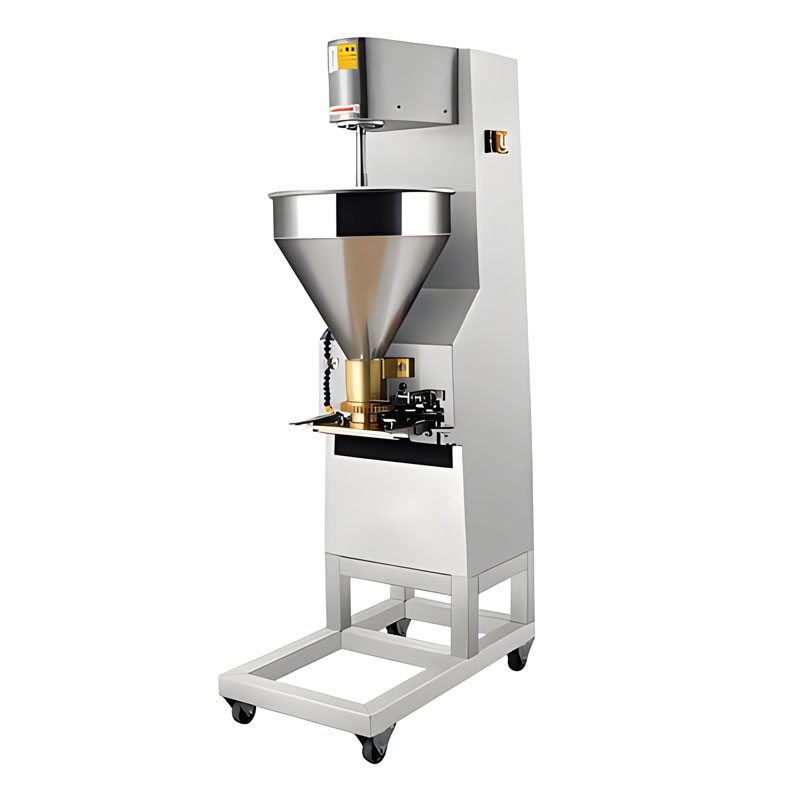

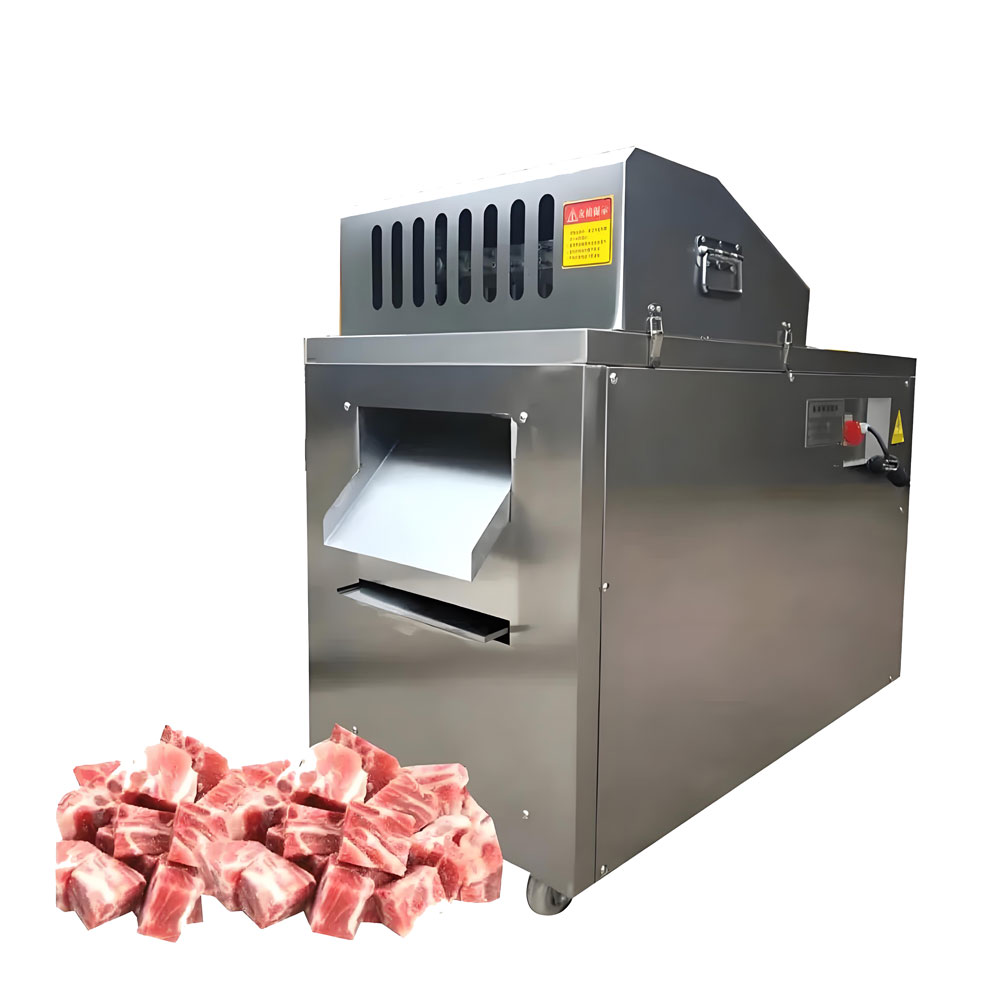
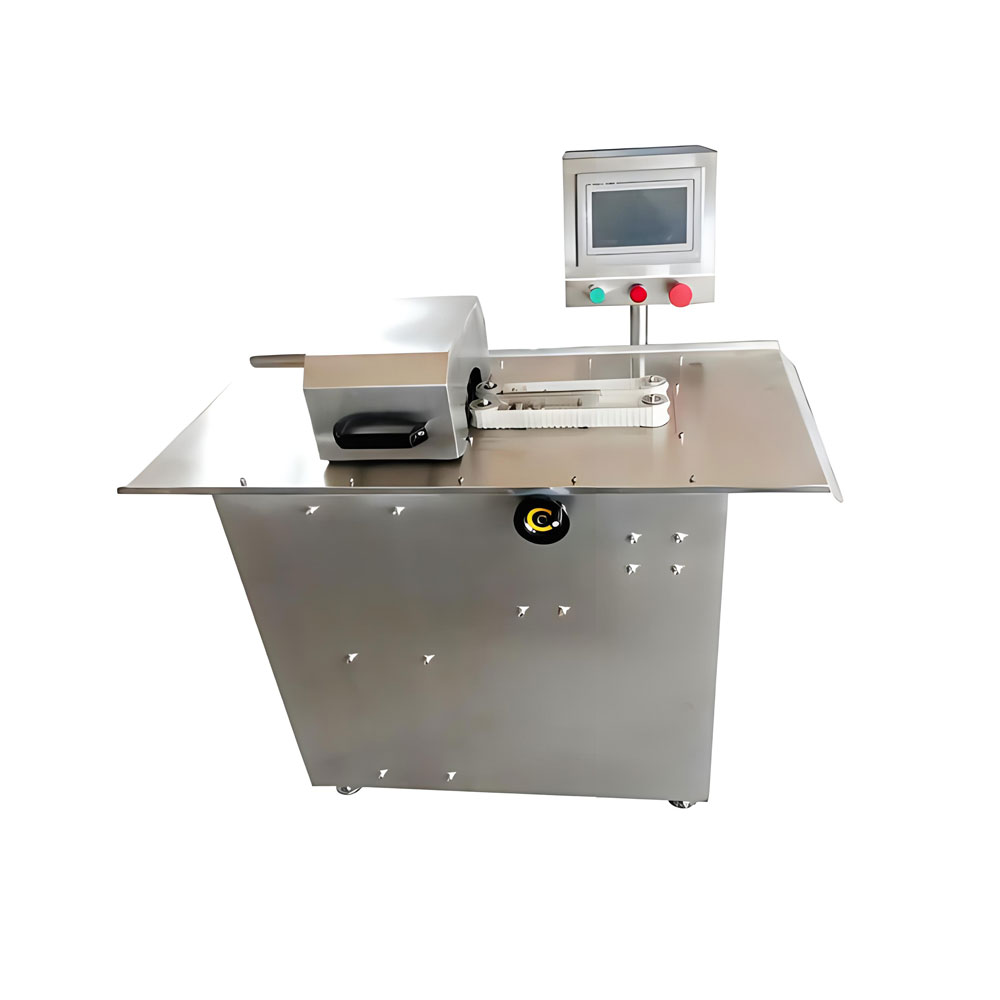
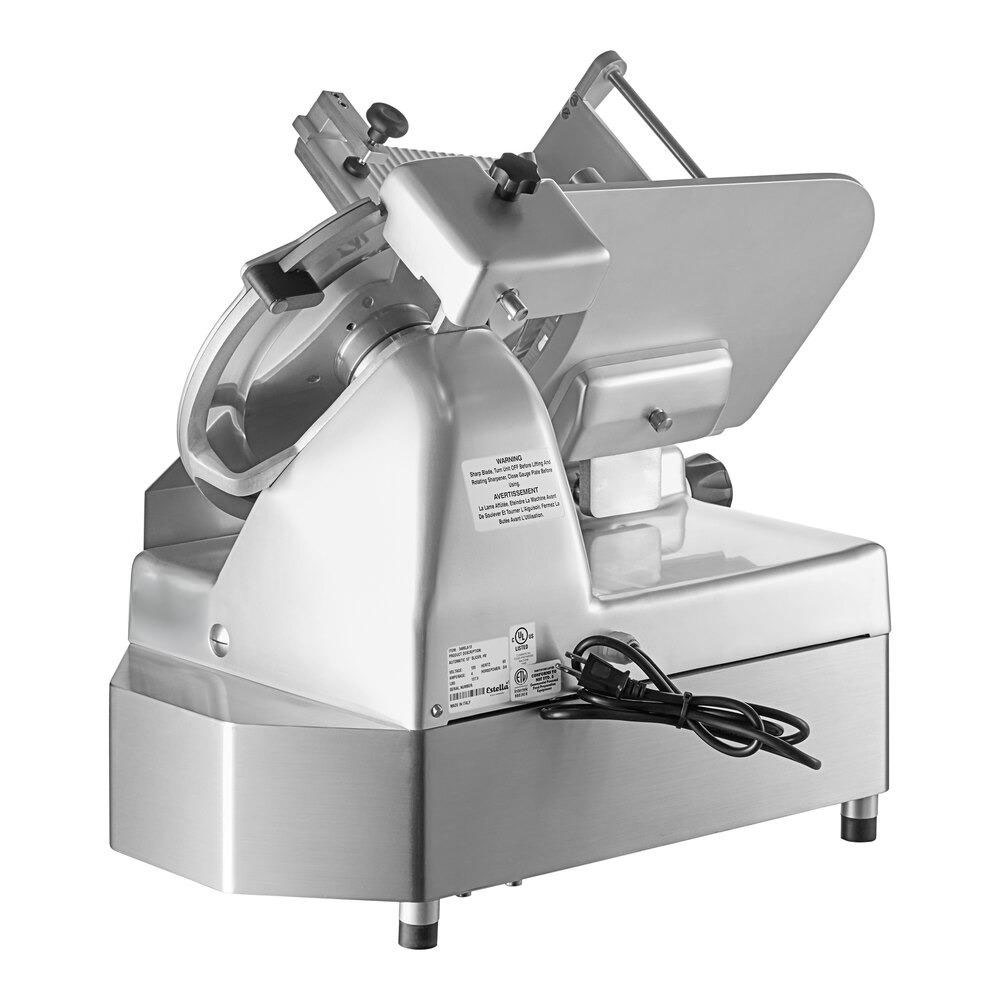
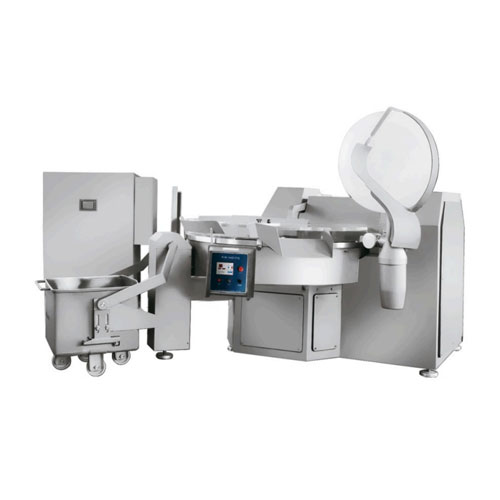

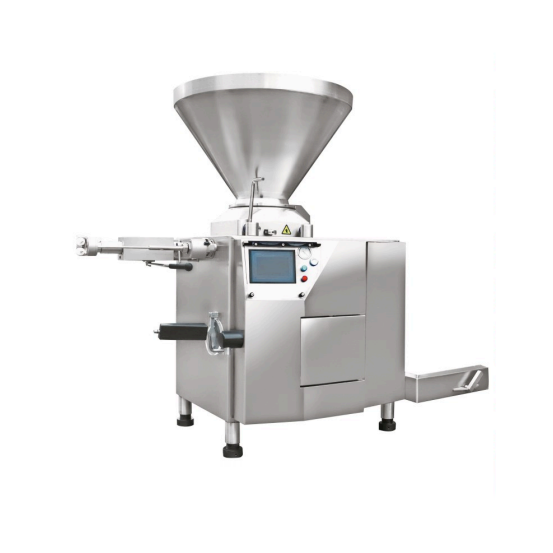
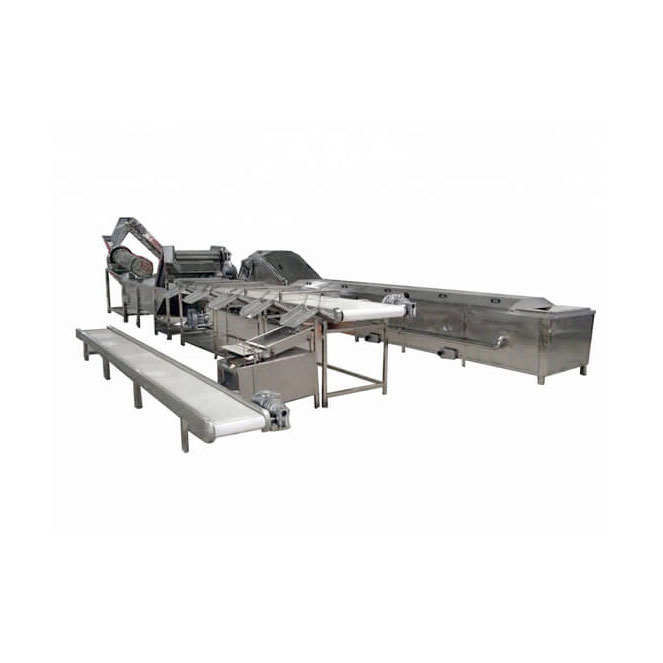
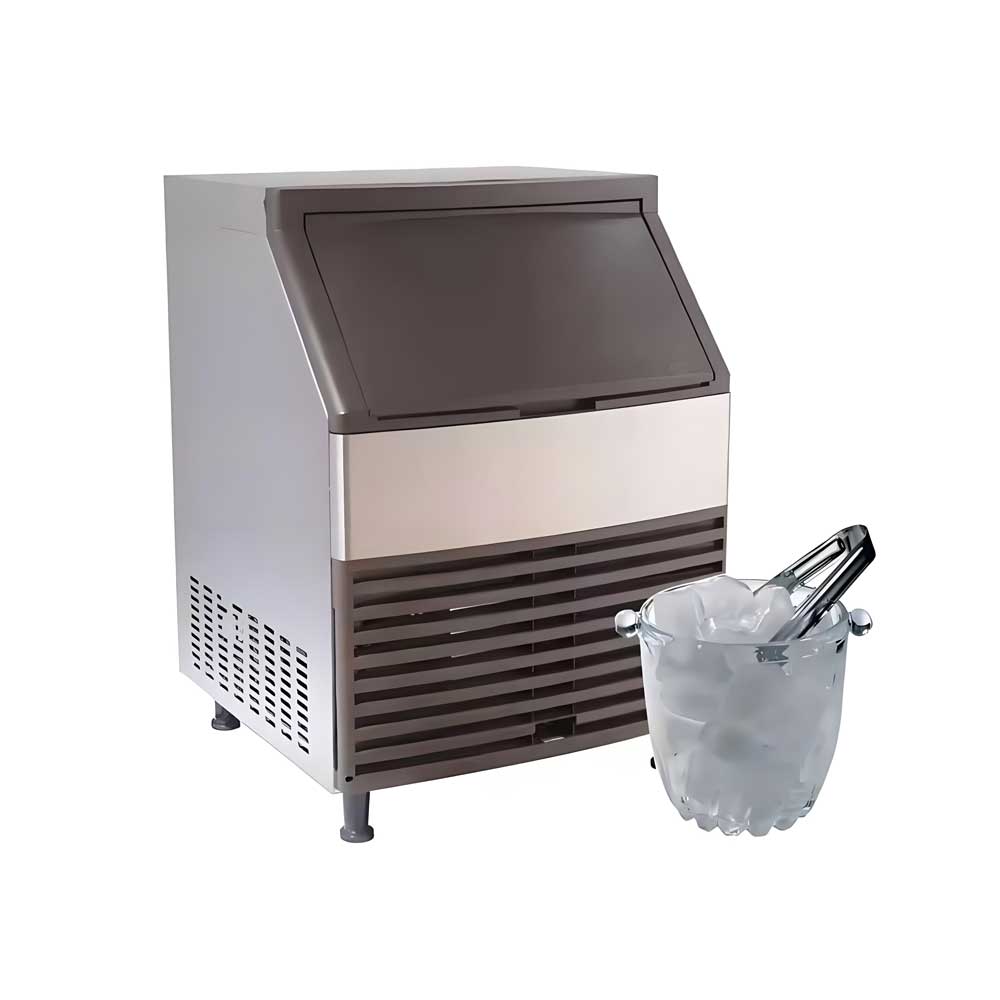
 YL-W-06 Commercial Water Purification Equipment
YL-W-06 Commercial Water Purification Equipment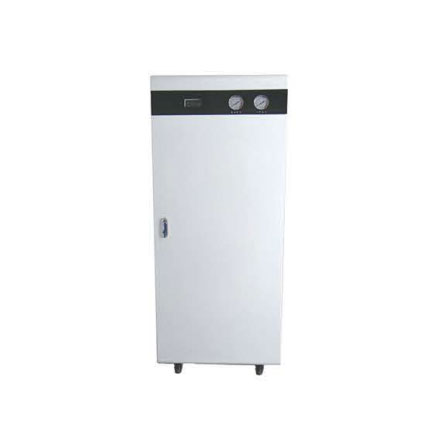 YL-W-05 Commercial Water Purification Equipment
YL-W-05 Commercial Water Purification Equipment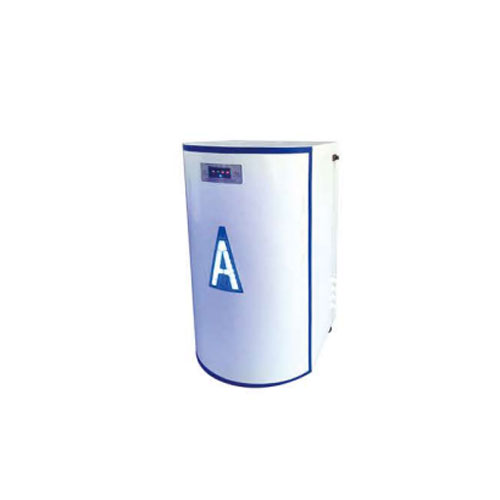 YL-W-04 Commercial Water Purification Equipment
YL-W-04 Commercial Water Purification Equipment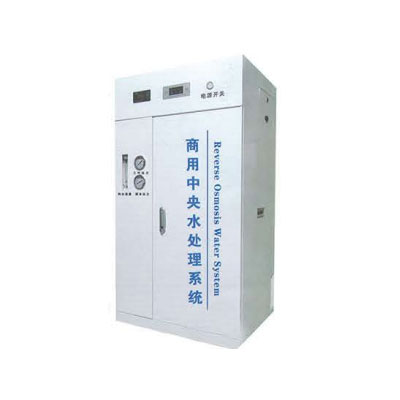 YL-W-03 Commercial Water Purification Equipment
YL-W-03 Commercial Water Purification Equipment
Ready to Get Started?